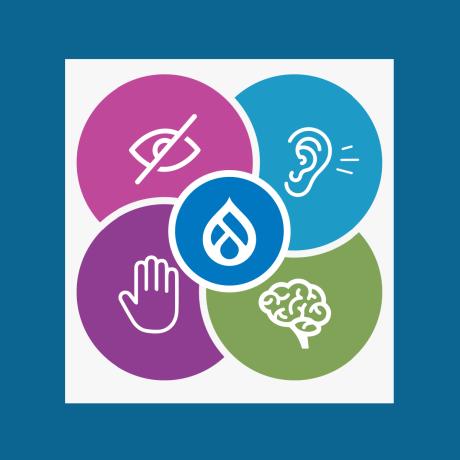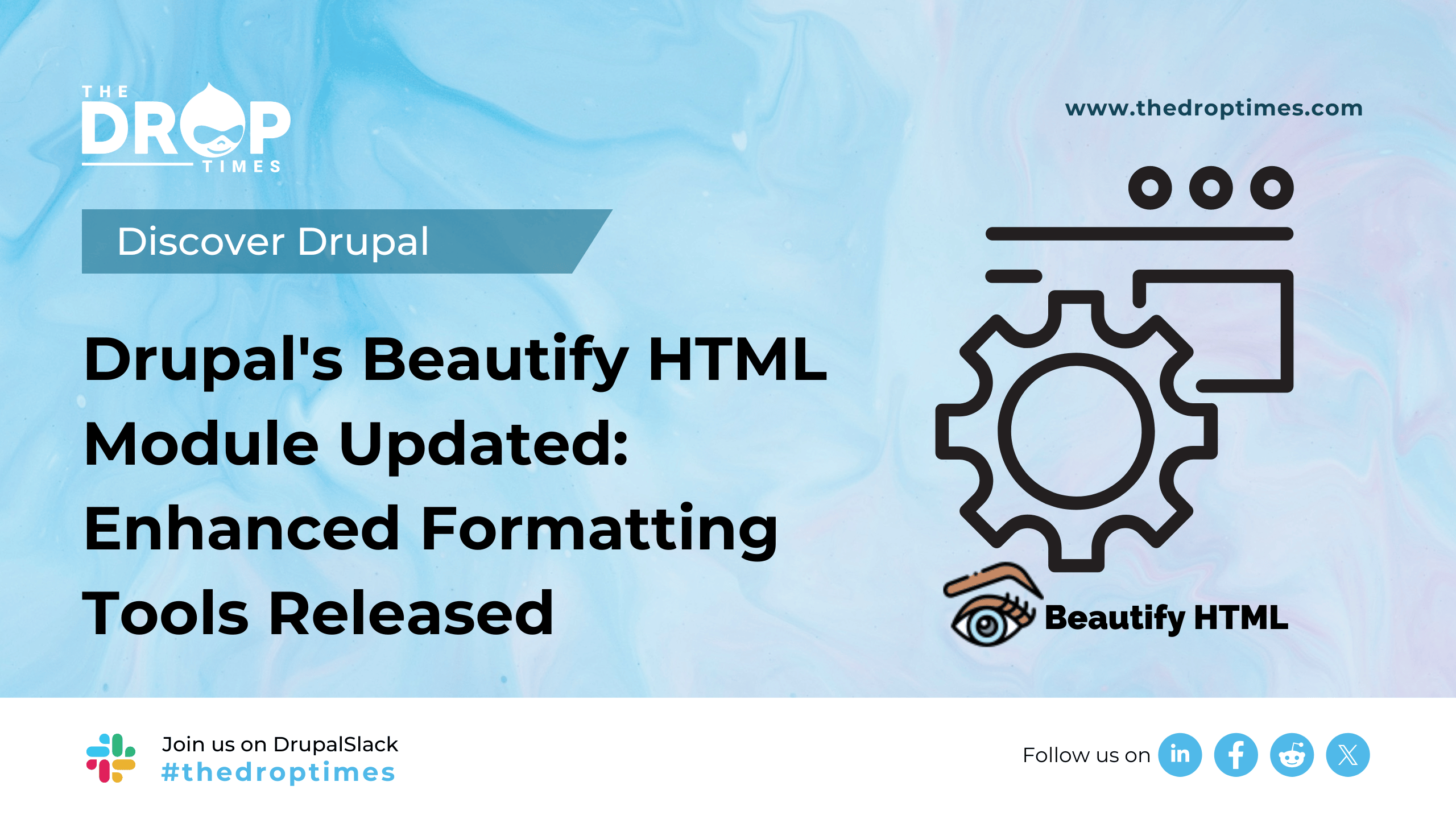Achieving WCAG 2.1 Compliance with Drupal
Ensuring everyone can navigate digital content regardless of physical abilities is not just a moral imperative—it's necessary in a world where internet access has become an essential part of daily life. A blog post shared by DrupFan illuminates the path to making your Drupal website WCAG 2.1 compliant, enhancing accessibility and inclusivity in the digital landscape.
Many individuals with impairments face considerable difficulties when seeking information online. Unfortunately, most websites are not built with an "accessibility-first" approach. Accessibility barriers within websites make accessing desired content difficult or even impossible for people with impairments. Bridging this digital divide is not just a matter of ethics; it's a legal requirement in numerous countries. Failure to comply with accessibility guidelines can result in penalties and fines for online businesses.
Website accessibility, often abbreviated as "a11y," centres on creating a digital environment where all users, particularly those with physical disabilities, can access and interact with all website content and functionality. The term "a11y" derives from the word 'accessibility,' where '11' represents the number of letters between the first letter 'A' and the last 'Y.'
World Wide Web Consortium (W3C) established Web Content Accessibility Guidelines (WCAG) to address the challenges of website accessibility. WCAG is a set of standardized success criteria for web accessibility. These guidelines provide clear standards for digital platforms to follow and are developed and consistently updated by the W3C's Web Accessibility Initiative.
Drupal 10, an open-source content management system, places accessibility at its core. The platform offers numerous accessibility features out of the box. Developers can further enhance it with Drupal accessibility modules and third-party tools. This "A11Y-first" approach makes Drupal 10 a top choice for building highly usable, robust, and, most importantly, accessible websites.
It's essential to conduct an accessibility audit to ascertain whether your website complies with WCAG 2.1 accessibility standards. This audit serves as the first step toward making necessary adjustments and improvements. It's an opportunity to ensure that your website welcomes and caters to a diverse audience while adhering to legal requirements.
For in-depth insights into making your Drupal website WCAG 2.1 compliant and ensuring a more inclusive digital presence, we invite you to read the full blog post by DrupFan.
Disclaimer: The opinions expressed in this story do not necessarily represent that of TheDropTimes. We regularly share third-party blog posts that feature Drupal in good faith. TDT recommends Reader's discretion while consuming such content, as the veracity/authenticity of the story depends on the blogger and their motives.
Note: The vision of this web portal is to help promote news and stories around the Drupal community and promote and celebrate the people and organizations in the community. We strive to create and distribute our content based on these content policy. If you see any omission/variation on this please let us know in the comments below and we will try to address the issue as best we can.
























